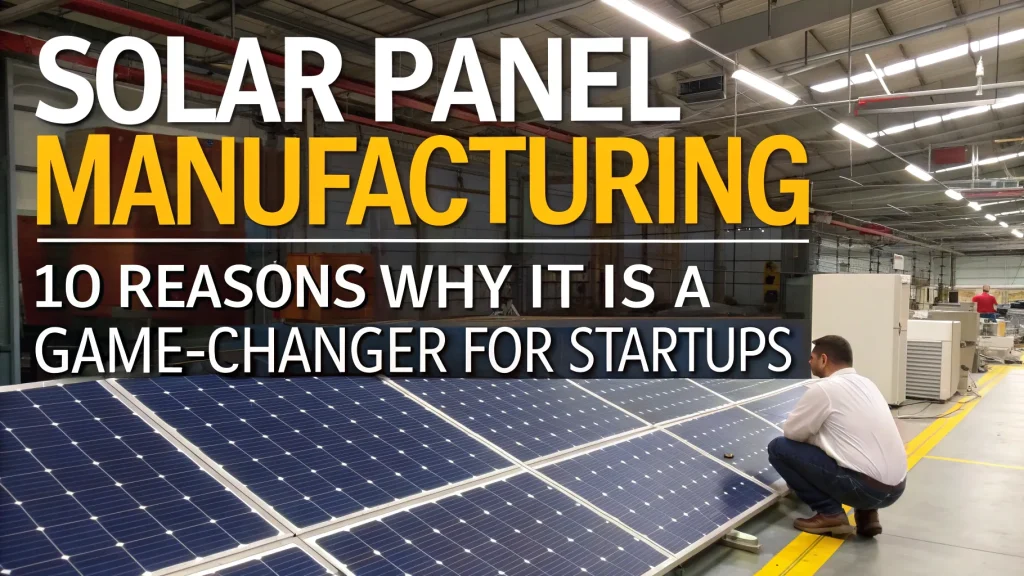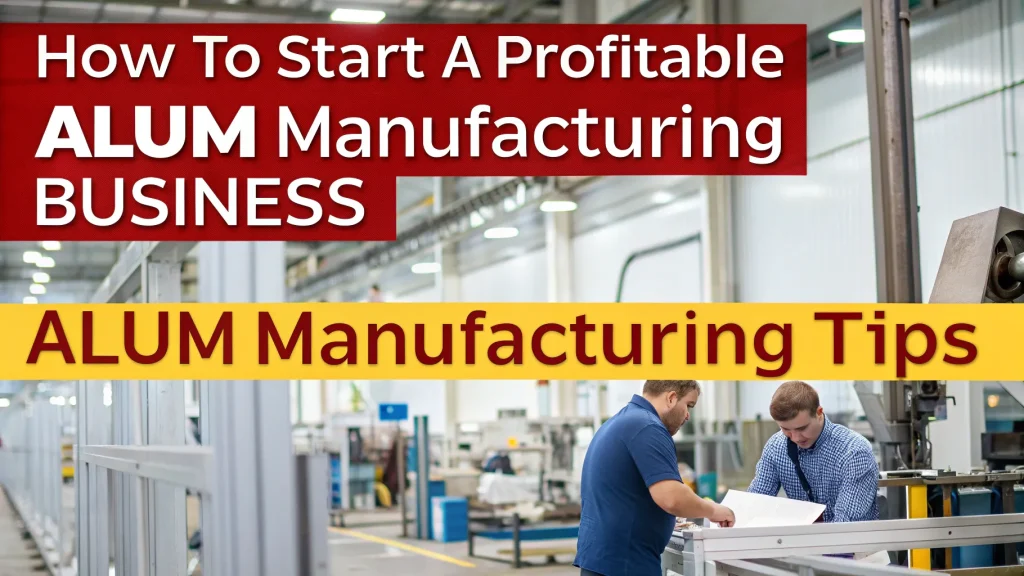Artificial Intelligence and the Internet of Things are leading to a significant transformation in the food processing industry. New methods are being devised to manage or operate the business-integration systems rather than just the efficient flow of goods and information. The most intriguing use cases are for supply chain optimization in the delivery, waste management, and operation costs. Let us understand this because it leads to various innovations through AI and IoT.
Enhancing Inventory Management with AI and IoT
In the food processing industry, effective inventory management has remained a challenge, mainly as a result of perishability. Historical data, sales patterns, and market trends are effectively analyzed by AI-powered tools to forecast demand. This would enable manufacturers to put in their production at the right time and amounts to avoid waste.
It further provides timely monitoring of inventory via IoT. It makes use of sensors in warehouses that can capture humidity, temperature, and storage condition readings regarding perishable goods. If these conditions move away from the action set points, IoT alarm systems will instantly send alerts to the management. Sudden inducement of high temperature in a refrigerated storage section will trigger immediate remedial action.
In addition, AI algorithms dynamically modify the inventory levels in real-time according to ambient weather changes or local activities that greatly impact demand patterns. Put together, all these definitions create a new concept of AI and IoT that helps businesses manage stock levels optimally without running out of stock, thus improving the entire electronic supply chain optimization.
Also Read: Waste Management and Recycling
Revolutionizing Food Safety and Quality Control
Utilizing AI and IoT technologies in food processing has thus become an important step to maintain the high standards of safety and quality. Production lines with IoT sensors involve continuous surveillance to identify abnormalities. The AI algorithms will collect and analyze irregularities within the production lines, such as contamination or non-operational machine parts, to provide risk assessments and recommend corrective actions.
As an enabled smart camera, IoT can see food products needed to be faultless as they are flowing through the production lines. AI has been programmed to determine, at a future time, when the equipment will be down so that a company can arrange a schedule for preventive maintenance work. Such prospects for innovation yield great potential benefits. These include being able to avoid product recalls, which negatively affect costs associated with possible damage to a brand’s market image it possesses or is in the process of building.
Businesses may also keep safety regulations using AI analysis and large datasets. Product tracing makes it possible to find and fix problems early on. Together, AI and IoT bring high-level food safety, with consumer trust being built along with it.
Optimizing Logistics and Transportation with Smart Technologies
The provision of transport and logistics services is among the many aspects one should address in supply chain optimization in the food processing industry. AI and IoT are emerging as important technologies ensuring timely and quality delivery of food products.
- Route Optimization: AI algorithms, like the suggestion of routes based on traffic and weather combined with one’s fuel efficiency, lead to the determination of optimum delivery routes.Thus, the transit time becomes shorter, thereby cutting costs.
- Real-Time Tracking: GPS systems using IoT are capable of providing real-time movement updates about vehicles so that the deliveries are achieved on time.
- Environmental Monitoring: IoT sensors on transport route environments monitor the parameters such as their temperature and humidity to prevent their spoilage. Smart containers will notify logistics teams anytime those parameters exceed safe limits so that the intervention happens faster.
- Predictive Analysis: By determining demand spikes within the AI platform, businesses can respond in real time by proactively adjusting logistics strategy.
Collectively, these technologies create a seamless, smooth, and very efficient logistical network delivering fresh products to consumers timely while minimizing waste and maximizing customer satisfaction—almighty goals for the food processing industry.
Transforming Demand Forecasting with AI-Powered Analytics
As the backbone of supply chain optimization, precision demand forecasting is an important challenge for food processors. With AI-driven analytics, it has proven to be possible to explore enormous datasets for predicting consumption preferences, market trends, and seasonal fluctuations. Unlike conventional forecasting, AI adopts real-time forecasting, through which predictions become accurate and actionable.
Machine learning algorithms are examples of such technologies whose future applications could process information from trends on social media, weather conditions, and sales data on specific products to forecast their demands. Thus, production schedules can be adjusted and distribution strategies implemented when changes occur, which would reduce the possibility of overproducing or underproducing.
IoT complements this by giving real-time information collected from connected devices, such as point-of-sale systems and sensors for inventory. With this much information, end-to-end visibility into the supply chain is achieved, allowing fast responses to demand changes.
The food processing sector needs such predictive ability for products like these because overproduction causes wastage, while underproduction leads to missed sales. Businesses can thus have a profitable and sustainable balance with phenomena such as AI and IoT.
Enhancing Sustainability in the Food Supply Chain
The food processing industry now plays a key role in achieving sustainable outcomes, leveraging artificial intelligence (AI) and the Internet of Things (IoT) to optimize resource utilization and reduce waste, thereby meeting environmental goals while staying competitive.
An analysis of production processes by artificial intelligence systems reveals all kinds of possible inefficiencies, such as excessive consumption of energy or water. Smart sensors connected to IoT allow manufacturers to monitor equipment performance and resource usage in real-time, enabling them to promptly address any efficiency loss. For example, IoT solutions have sensors that spot a leak in one of the water systems, which saves a lot of wasting and spending.
Moreover, companies use AI-based supply chain applications to optimize transportation paths, reducing carbon emissions from logistics operations. These can also summarize the recycle-repurpose suggestions based on waste patterns that a company generates, which map to the circular economy.
These environmentally friendly practices would not only serve the purposes of any of the food processing industries to elevate their business images but also mitigate some of the stringent international environmental regulations. They are the prerequisites of AI and IoT, which can lead an organization towards economic efficiency accompanied by ecological stewardship.
Also Read: PET Bottle Recycling Manufacturing
Empowering Decision-Making Through Data-Driven Insights
Decision-makers, indeed, have their hands full in the complex world of food processing, where everything is dynamic and changing. So, if they are to edge ahead of the competition, this becomes all-important. This is where the business gains power from real-time data inputs, using predictive analytics with AI and IoT technologies to obtain actionable information.
IoT devices capture data without bounds on all the stages of production and even keep track of inventory and logistics. AI then fine-tunes and processes this data to discover anomalies, patterns, and trends. For example, AI will warn managers of potential inefficient workflows in production and recommend cost optimizations on logistics. From this, the indication is that action can be initiated across all subjects, including the long term.
Through analysis of customer and market behavior, such tools can serve to enhance product development and effective marketing strategies. Thus, with IoT-enabled platforms, stakeholders can also share data in real time in a transparent and trustworthy manner, thereby improving collaboration in the supply chain.
Thus, this data-driven approach enables fast adaptation, risk mitigation, and improvement in opportunities for a robust and responsive supply chain in this fast-evolving food processing industry.
Conclusion
AI and the IoT have completely transformed the future of food processing by improving efficiency, accuracy, and sustainability in operations. They enhance every aspect of supply chain optimization—from inventory management and logistics to demand forecasting and quality control—on a massive scale.
Let me know if you’d like a more formal, technical, or simplified tone.
There can be optimal use of resources regarding waste reduction, improvement in product quality, and meeting consumer values, including foresight into regulatory and market factors. Plus, decisions heavily data-driven would assure lots over time, in terms of staying competitive in the business.
The latest transformation in food sourcing really makes it a necessity rather than an option for companies. Today, investing in these technologies puts them well ahead of the game in delivering fresher, safer, and ever more sustainable food to consumers worldwide.
Future-proof your business now! Visit NIIR.org for innovative strategies and expert resources tailored for the food processing industry! Starting today, get ready for transformation!






